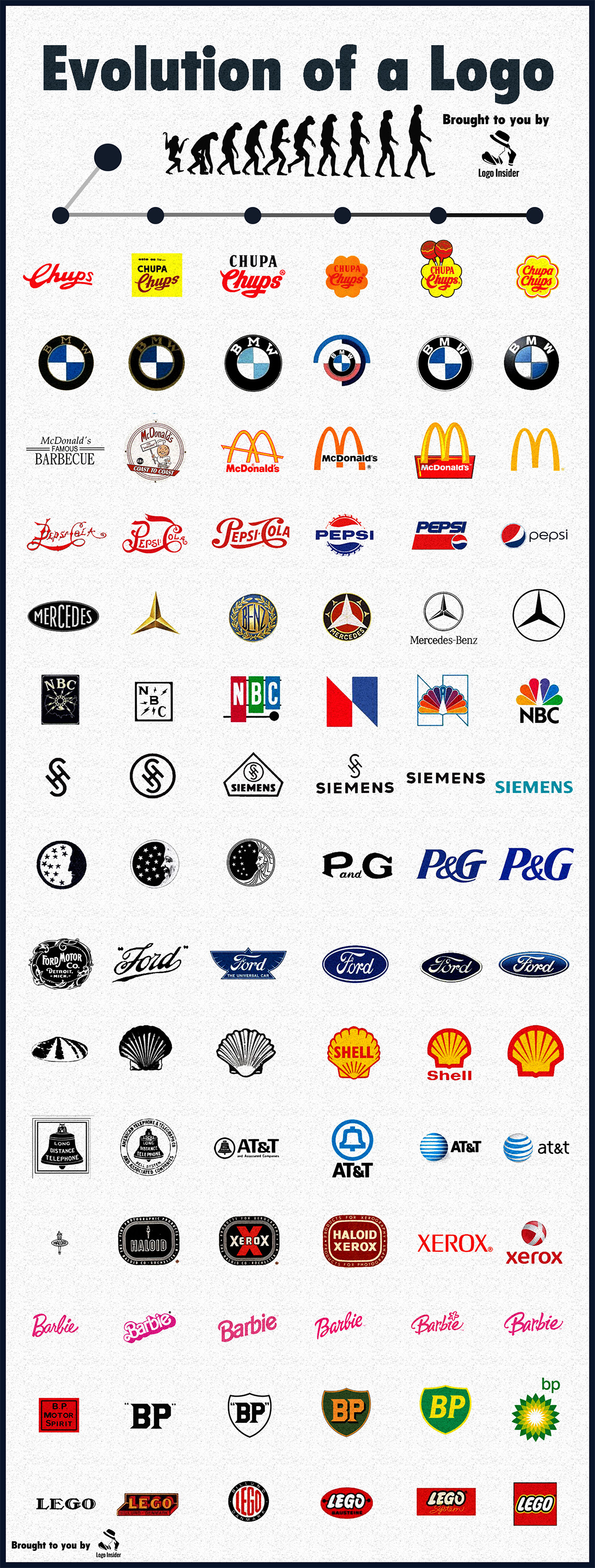Why does the internet love infographics? Is it the colors? The simplicity? Or maybe, it’s because they unlock a secret world of SEO benefits that you might not realize. Today, we’re going to dive deep into why infographics are more than just visually appealing—they’re an SEO powerhouse. By the end of this, you’ll not only understand how infographics can turbocharge your site’s search performance but also why they’re so effective at it.
What Are Infographics and Why Do They Work?
Infographics are visual representations of information—think of them as data made digestible. They combine text, images, and design to explain complex ideas in a way that’s quick and engaging. Humans process visuals 60,000 times faster than text, and because nearly 65% of people are visual learners, infographics appeal to how our brains naturally prefer to absorb information.
But how does this tie into SEO? Well, search engines don’t see infographics the way we do—but they see what they cause: more traffic, more backlinks, and better user engagement. Let’s break it down.
1. Infographics Generate High-Quality Backlinks
Backlinks are one of Google’s most important ranking signals. Think of them as endorsements for your website. And guess what? Infographics are link magnets.
Why? When you create a visually stunning, well-researched infographic, other websites are more likely to share and link back to your content. Bloggers, journalists, and educators love infographics because they save time and add value to their articles.
For example, let’s say you publish an infographic about “The Environmental Impact of Plastic Waste.” A journalist writing about pollution might use your graphic in their article and link back to your site as the source. Boom—backlink secured.
Fun Fact:
Infographics have been shown to generate 3x more backlinks than traditional blog posts. More backlinks mean higher domain authority, which directly boosts your rankings.
2. They Drive Viral Social Sharing
Infographics are built for social media. Platforms like Instagram, Pinterest, and LinkedIn thrive on visually engaging content. When you post an infographic on these platforms, it’s more likely to be shared than plain text or even regular images.
Why does this matter for SEO?
Social signals—shares, likes, and comments—might not directly affect rankings, but they drive referral traffic, which does. Every share is another chance for someone to visit your site, link to your content, or interact with your brand.
Key Tip:
Include your website’s URL or logo on the infographic itself. That way, even if it’s shared without context, people can trace it back to you.
3. They Keep Users on Your Site Longer
Google pays attention to dwell time—how long a user stays on your page. Longer visits suggest that your content is valuable and engaging, which can lead to higher rankings.
Infographics can significantly improve dwell time. Why? Because they’re visually engaging and often packed with information, people spend more time scrolling, reading, and absorbing the content.
The Data Behind the Design:
Eye-tracking studies have shown that people spend more time looking at images than text on a webpage. A well-placed infographic keeps their attention and encourages them to explore more of your site.
4. Infographics Help You Rank for Visual Search
Visual search is exploding in popularity, thanks to tools like Google Images, Pinterest Lens, and Bing Visual Search. Infographics are highly optimized for this type of search.
When you properly optimize your infographic with:
- Alt text (describing the graphic for search engines),
- Descriptive file names (e.g., “plastic-waste-impact-infographic.png”),
- Schema markup (to tell search engines it’s a visual piece),
…you increase the chances of your infographic appearing in image search results. This not only drives traffic but also creates another opportunity for users to discover your brand.
Pro Tip:
Submit your infographic to infographic-specific directories, like Visual.ly or Pinterest, to get even more visibility.
5. They’re Perfect for Repurposing Content
Infographics allow you to get more mileage out of your existing content. Imagine you’ve written a 2,000-word blog post packed with data and insights. Turning that blog into an infographic creates a new way to present the same information—one that appeals to visual learners and those who prefer bite-sized content.
This doesn’t just make your content accessible to more people; it also expands your SEO opportunities. Now, you have two pieces of content targeting the same keywords and audience, doubling your chances of ranking.
6. Infographics Attract Global Audiences
Here’s something fascinating: visual content often transcends language barriers. A well-designed infographic can communicate ideas across cultures, making it an excellent tool for targeting international audiences.
When you use infographics in combination with international SEO (e.g., localized versions of your site), you expand your reach far beyond your native language. This can be a game-changer for global brands looking to connect with diverse markets.
The SEO Formula for Effective Infographics
To truly harness the SEO power of infographics, you need to do more than just make them look pretty. Here’s the formula:
- High-Quality Research – Use credible data and include sources.
- Engaging Design – Keep it clean, organized, and visually appealing.
- Mobile Optimization – Make sure your infographic looks great on small screens.
- On-Page SEO – Optimize your infographic with alt text, captions, and metadata.
- Promotion – Share it on social media, submit it to directories, and email it to relevant bloggers or journalists.
Why Infographics Work So Well for SEO
At their core, infographics combine two things humans love: stories and visuals. They take the overwhelming complexity of raw data and turn it into something digestible and engaging. And when done right, they trigger a chain reaction of social sharing, backlinks, and audience engagement that supercharges your SEO efforts.
So the next time you’re planning your content strategy, don’t overlook the humble infographic. It’s not just decoration—it’s a tool, a bridge, and a gateway to better rankings and a bigger audience. And who knows? Your next infographic might just go viral.







